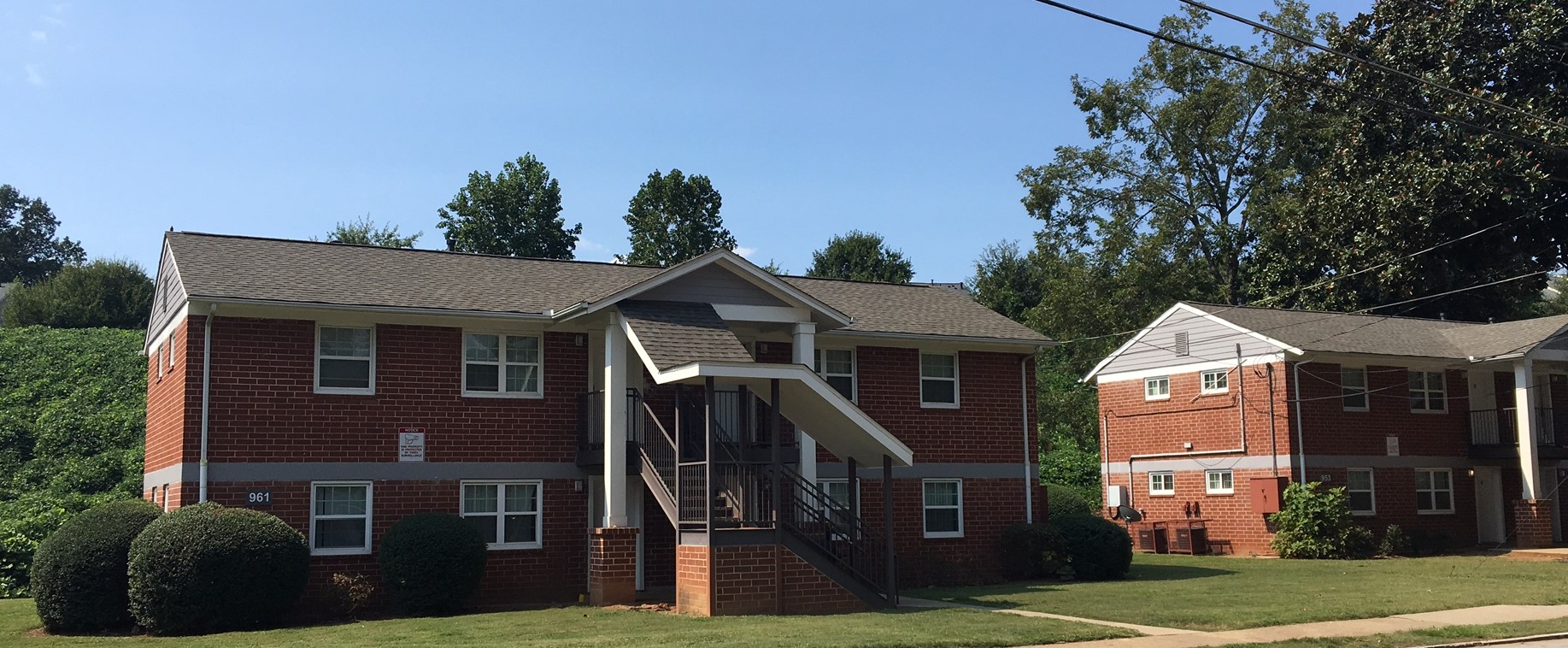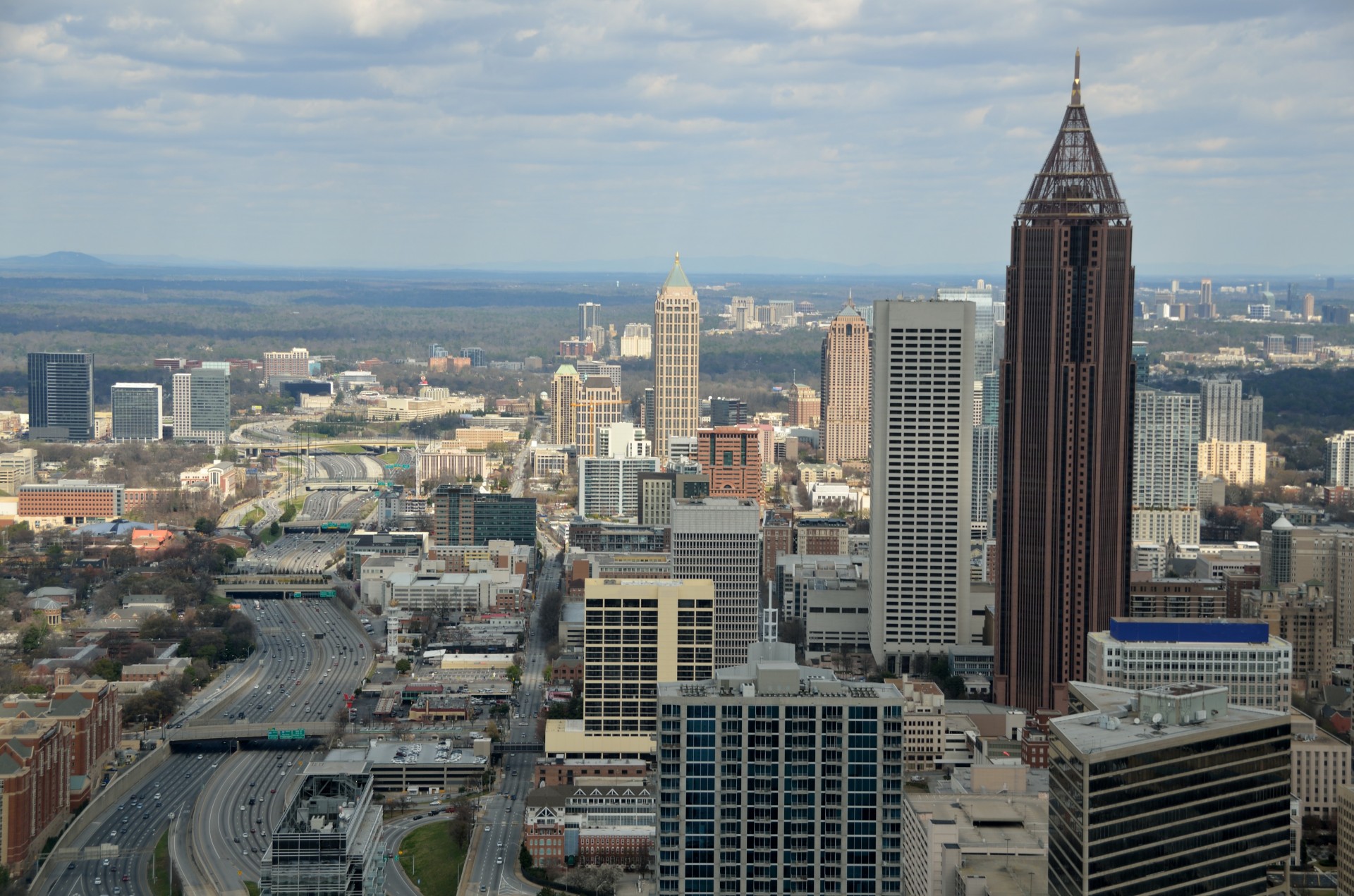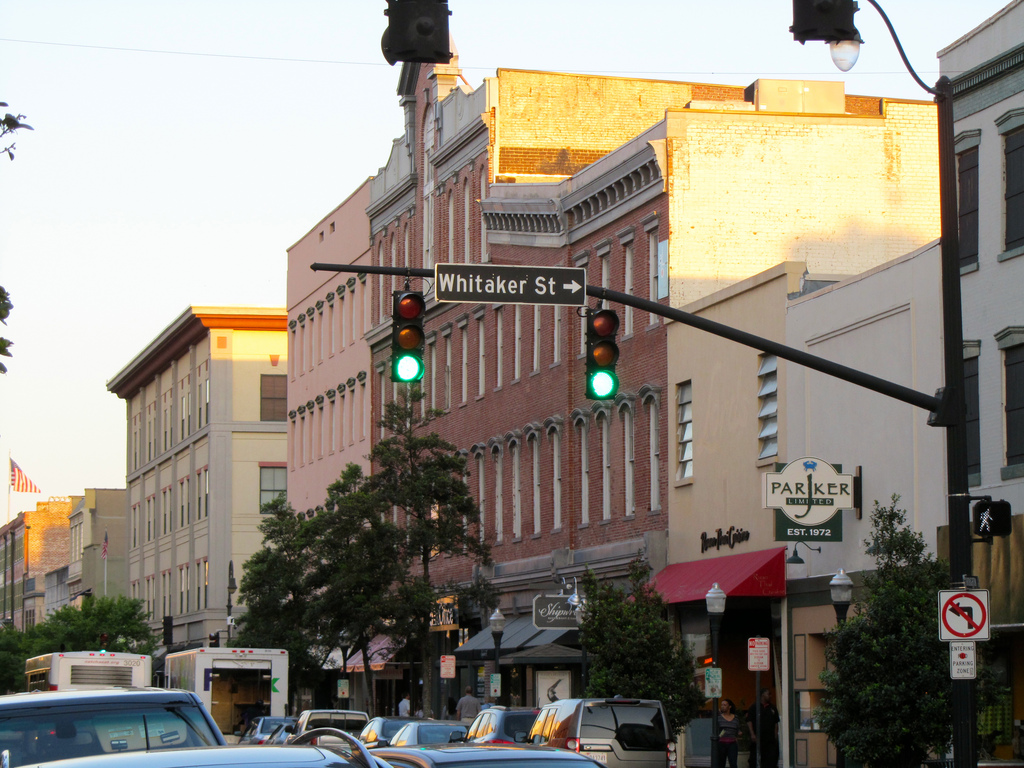House Bill 851 Threatens Georgia Affordable Housing Development
This blog post was co-authored by Steve Rothschild and Chris Martiner, CayCap Advisors. State tax credits provided under Georgia’s Department of Community Affairs Housing Tax Credit Program are proven tools that are critically important in the creation of high-quality affordable housing for the citizens of Georgia. The state tax credits incentivize local businesses and individuals to give back to their communities in a socially responsible manner, as the investments are used as a capital source, along with other state, local and federal funds, to finance and develop affordable rental communities. The continuance of the tax credit program is critically important to all areas of the state – rural and major metro areas. Atlanta, for instance, is experiencing rapid growth in population. This has led to a tighter market and increased rental rates. Further, gentrification in many neighborhoods has effectively displaced many long-term residents, forcing them into uncertain and unaffordable circumstances.












